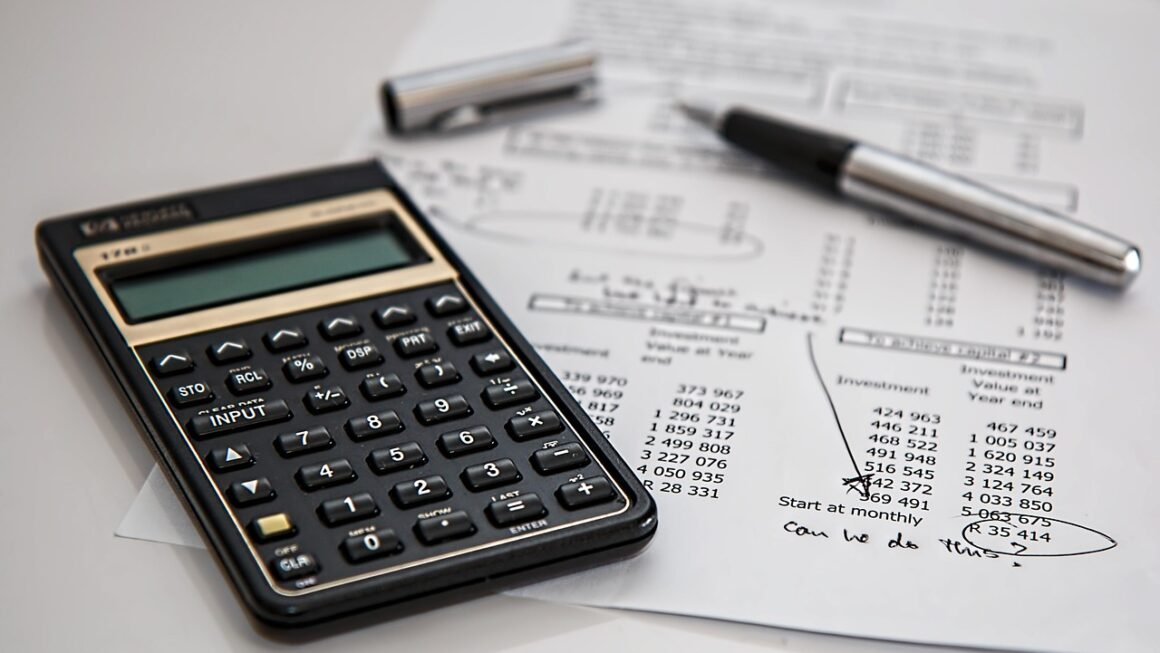The foreign exchange market, commonly known as Forex, is the world’s largest and most liquid financial market, where currencies are traded. With trillions of dollars changing hands daily, Forex offers opportunities for individuals and institutions alike to profit from fluctuations in currency values. Whether you’re a seasoned investor or just starting, understanding the intricacies of Forex trading is crucial for navigating this dynamic market. This comprehensive guide provides a detailed look at Forex trading, covering everything from the basics to advanced strategies.
What is Forex Trading?
Understanding the Forex Market
- Forex trading involves buying and selling currencies with the goal of making a profit based on changes in their exchange rates.
- Currencies are traded in pairs (e.g., EUR/USD, GBP/JPY), and traders speculate on whether one currency will rise or fall in value relative to the other.
- Unlike stock markets, the Forex market operates 24 hours a day, five days a week, providing ample opportunities for trading at any time. This continuous trading is possible because of a global network of banks, financial institutions, and individual traders operating in different time zones.
Key Players in the Forex Market
- Central Banks: Influence currency values through monetary policies and interest rate decisions. For instance, the Federal Reserve (Fed) in the United States or the European Central Bank (ECB).
- Commercial Banks: Facilitate currency transactions for their clients and also trade on their own account.
- Hedge Funds and Investment Firms: Engage in speculative trading to generate profits.
- Retail Traders: Individual investors who trade currencies through online brokers.
How Currency Pairs Work
- Currency pairs consist of a base currency and a quote currency (also known as counter currency).
- The exchange rate indicates how much of the quote currency is needed to buy one unit of the base currency.
- For example, in the EUR/USD pair, EUR is the base currency and USD is the quote currency. If the EUR/USD exchange rate is 1.10, it means that €1 can be exchanged for $1.10.
- Traders “go long” (buy) a currency pair if they believe the base currency will appreciate against the quote currency, and “go short” (sell) if they believe the base currency will depreciate.
Getting Started with Forex Trading
Choosing a Forex Broker
- Selecting a reputable Forex broker is a critical first step. Look for brokers that are regulated by recognized financial authorities such as the Financial Conduct Authority (FCA) in the UK or the Securities and Exchange Commission (SEC) in the US.
- Consider factors like:
Regulation: Ensures the broker adheres to certain standards and provides a level of investor protection.
Trading Platform: Should be user-friendly, reliable, and offer necessary tools for analysis and order execution (e.g., MetaTrader 4, MetaTrader 5).
Spreads and Commissions: Compare the costs of trading (the difference between the buy and sell price) across different brokers.
Leverage: The ability to control a large amount of money with a smaller amount of capital (more on this later).
Customer Support: Should be responsive and available when needed.
Opening a Trading Account
- Once you’ve chosen a broker, you’ll need to open a trading account. This typically involves:
Registration: Providing personal information and contact details.
Verification: Submitting documents like a passport or driver’s license to verify your identity.
Funding: Depositing funds into your trading account via bank transfer, credit card, or e-wallets. Most brokers require a minimum deposit to open an account.
Understanding Forex Trading Platforms
- Familiarize yourself with the trading platform offered by your broker. Key features to understand include:
Charting Tools: Used for analyzing price movements and identifying potential trading opportunities.
Order Types: Market orders, limit orders, stop-loss orders, and take-profit orders.
News and Analysis: Access to real-time news and market analysis to stay informed about factors affecting currency values.
Account Management: Monitoring your account balance, trading history, and open positions.
Key Concepts in Forex Trading
Leverage and Margin
- Leverage: Allows you to control a larger position with a smaller amount of capital. For example, leverage of 1:100 means you can control $100,000 worth of currency with just $1,000 of your own capital.
- Margin: The amount of capital required to open and maintain a leveraged position.
- While leverage can amplify profits, it also magnifies losses. Use leverage cautiously and understand the risks involved. For instance, a small adverse price movement could wipe out your entire margin deposit.
- Example: With 1:50 leverage and a $1,000 margin, you can control a $50,000 position. If the market moves against you, even a 2% loss could result in a $1,000 loss, wiping out your initial margin.
Pips and Lot Sizes
- Pip (Percentage in Point): The smallest unit of price movement in a currency pair. Most currency pairs are quoted to four decimal places, so a pip is typically 0.0001.
- Lot Size: The standard unit of measurement in Forex trading. A standard lot is 100,000 units of the base currency. Mini lots (10,000 units) and micro lots (1,000 units) are also available, allowing traders with smaller capital to participate.
- Example: If the EUR/USD exchange rate moves from 1.1000 to 1.1001, that’s a one-pip movement. The profit or loss from a trade is calculated based on the number of pips the exchange rate moves and the lot size you’re trading.
Order Types
- Market Order: An order to buy or sell a currency pair at the current market price.
- Limit Order: An order to buy or sell a currency pair at a specific price. Buy limit orders are placed below the current market price, while sell limit orders are placed above the current market price.
- Stop-Loss Order: An order to automatically close a position if the price reaches a certain level, limiting potential losses.
- Take-Profit Order: An order to automatically close a position when the price reaches a predetermined level, securing profits.
- Example: If you buy EUR/USD at 1.1000, you might set a stop-loss order at 1.0950 to limit your losses to 50 pips if the price moves against you. You could also set a take-profit order at 1.1050 to automatically close the position and secure a 50-pip profit if the price moves in your favor.
Forex Trading Strategies and Analysis
Technical Analysis
- Involves analyzing price charts and using technical indicators to identify potential trading opportunities.
- Common technical indicators include:
Moving Averages: Smooth out price data to identify trends.
Relative Strength Index (RSI): Measures the magnitude of recent price changes to evaluate overbought or oversold conditions.
Moving Average Convergence Divergence (MACD): A trend-following momentum indicator that shows the relationship between two moving averages of prices.
Fibonacci Retracements: Identify potential support and resistance levels based on Fibonacci ratios.
- Example: A trader might use a combination of moving averages and RSI to identify a potential buy signal. If the price crosses above a 50-day moving average and the RSI is below 30 (oversold), it could indicate a buying opportunity.
Fundamental Analysis
- Involves analyzing economic indicators, news events, and geopolitical factors to assess the underlying value of a currency.
- Key economic indicators to monitor include:
Gross Domestic Product (GDP): A measure of a country’s economic output.
Inflation Rates: Impact interest rate decisions and currency values.
Employment Data: Provides insights into the strength of a country’s labor market.
Interest Rate Decisions: Set by central banks and have a significant impact on currency values.
- Example: If a country’s GDP growth is stronger than expected and the central bank is expected to raise interest rates, it could lead to an appreciation of the country’s currency.
Risk Management
- Stop-Loss Orders: Essential for limiting potential losses.
- Position Sizing: Determining the appropriate amount of capital to allocate to each trade based on your risk tolerance and account size.
- Risk-Reward Ratio: Aim for trades with a favorable risk-reward ratio (e.g., risking 1% of your capital to potentially gain 2% or more).
- Diversification: Spreading your capital across multiple currency pairs to reduce risk.
- Example: If you have a $10,000 trading account and you’re willing to risk 1% per trade, you should only risk $100 on any single trade. If your stop-loss is set 50 pips away, your position size should be calculated so that a 50-pip loss would result in a $100 loss.
Conclusion
Forex trading offers significant opportunities for profit, but it also involves substantial risks. A thorough understanding of the Forex market, key concepts, trading strategies, and risk management techniques is crucial for success. By choosing a reputable broker, utilizing effective analysis methods, and consistently managing risk, you can increase your chances of achieving your financial goals in the dynamic world of Forex trading. Continuously educating yourself and adapting to market changes are key to long-term success in this exciting but challenging environment.



